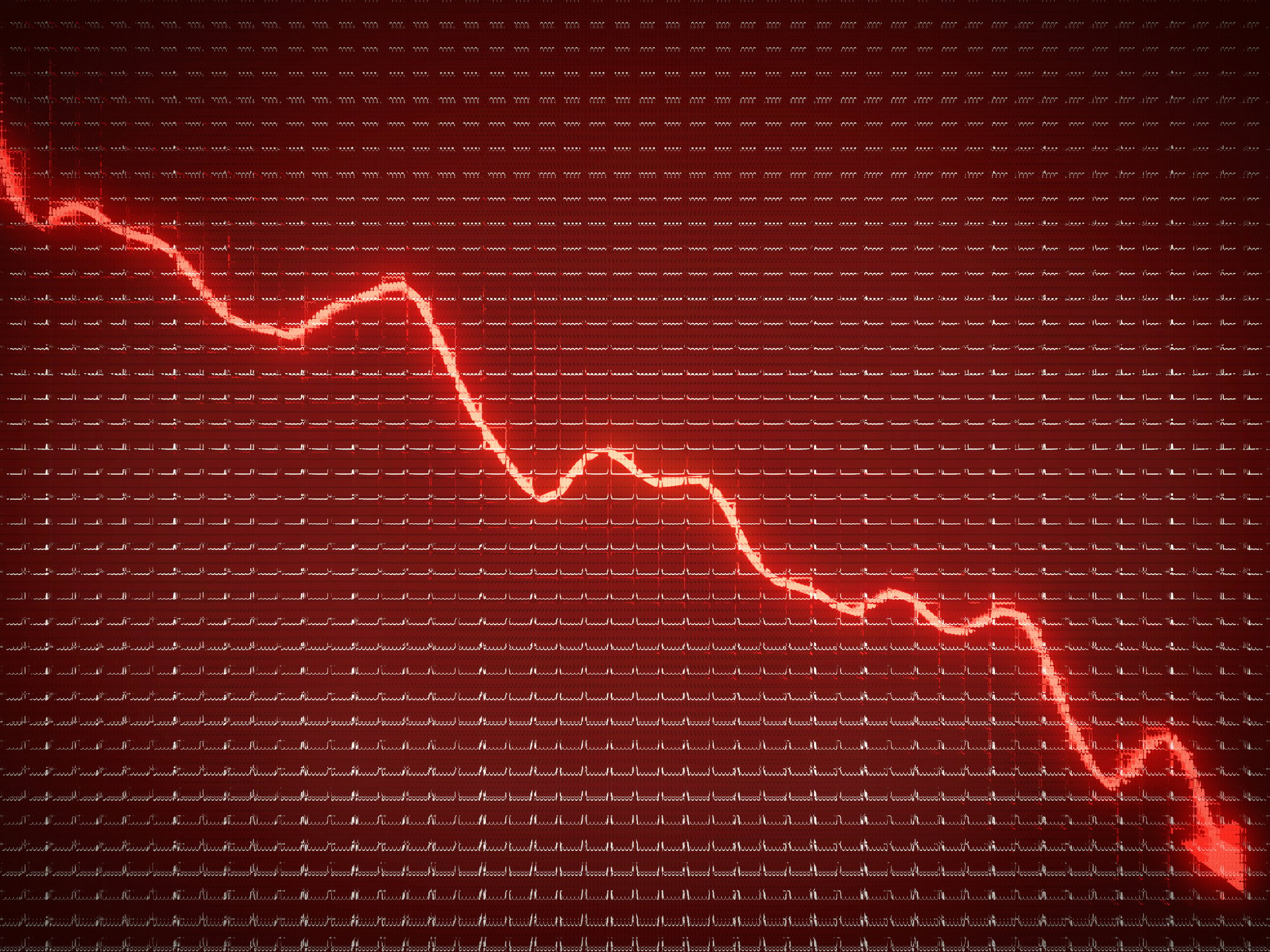Infinera's (INFN +0.00%) stock recently rose after the optical systems provider posted its third-quarter earnings. Its GAAP revenue rose 62% annually to $325.3 million, as its non-GAAP revenue -- which excludes deferred revenue and charges from its takeover of Coriant -- grew 63% to $327.6 million and beat estimates by $0.5 million.
Its GAAP net loss widened from $32.6 million to $84.8 million, and its non-GAAP net loss -- which excludes acquisition-related charges, stock-based compensation, and other one-time expenses -- also widened from $6.7 million to $30.5 million. On a per share basis, its non-GAAP loss of $0.17 matched analysts' expectations.

Image source: Getty Images.
These numbers probably look messy to investors who don't regularly follow Infinera, but I'll explain why they indicate that the company's long-awaited turnaround is finally here.
Tracking Infinera's cyclical downturn
Most of Infinera's revenue comes from long-haul WDM (wave division multiplexing) systems, which enable service providers to boost the capacity of their networks without laying down additional fiber. A smaller percentage of its revenue comes from Metro WDM and DCI (data center interconnect) systems, which accomplish the same task over shorter distances.
Infinera was once considered a promising "super cycle" play on the growth of cloud services and streaming media, which both required service providers to upgrade their networks. However, service providers prioritized short-range Metro WDM and DCI upgrades over long-haul WDM systems, and Infinera's growth decelerated.
To increase its exposure to shorter-range systems, Infinera acquired its rival Coriant last year. Infinera initially claimed the purchase would roughly double its annual revenue, but it reduced that forecast last November. All those issues caused Infinera's stock to tumble nearly 40% over the past three years.

Image source: Getty Images.
Spotting Infinera's cyclical recovery
Infinera's revenue rose significantly after it closed its takeover of Coriant, and its growth has accelerated over the past two quarters.
|
Period |
Q4 2018 |
Q1 2019 |
Q2 2019 |
Q3 2019 |
|---|---|---|---|---|
|
YOY sales growth* |
72% |
46% |
47% |
63% |
YOY = Year-over-year. Source: Infinera quarterly reports. *Non-GAAP.
Infinera has now fully lapped the Coriant purchase, and it expects its fourth-quarter revenue to rise 8% annually at the midpoint. It didn't provide any longer-term estimates, but analysts expect its revenue to rise 10% in fiscal 2020.
Infinera expects the expansion of 5G networks, stronger shipments of its 600 gig products, and new 800 gig products to drive its top-line growth throughout next year. The ongoing scrutiny of Huawei, which sells similar systems, could also convince some service providers to buy Infinera's products instead.
It also expects to cut costs by fully integrating Coriant, eliminating redundancies, and outsourcing its production to Fabrinet's (FN +4.87%) lower-cost plant in Thailand. Those initiatives already boosted its gross margin sequentially and annually in the third quarter.
|
Period |
Q4 2018 |
Q1 2019 |
Q2 2019 |
Q3 2019 |
|---|---|---|---|---|
|
Gross margin* |
31.9% |
35.3% |
30.7% |
33.1% |
Source: Infinera quarterly reports. *Non-GAAP.
Infinera expects that expansion to continue with a non-GAAP gross margin of 34%-36% in the fourth quarter. It expects its non-GAAP operating margin to improve from -10.2% a year ago to 0%-2%, and its non-GAAP earnings to improve both annually and sequentially to -$0.03-$0.02 per share.
A slow but steady recovery
The past few years were rough for Infinera, but it rolled with the punches, made a big acquisition to balance out its portfolio, and continued to pour money into R&D for new products as it strategically cut its production costs.
Its stabilizing revenue growth and expanding margins indicate that its worst days are behind it, and the stock still looks dirt cheap at less than one times next year's sales. This stock might not take off right away, but it still has plenty of upside potential.







